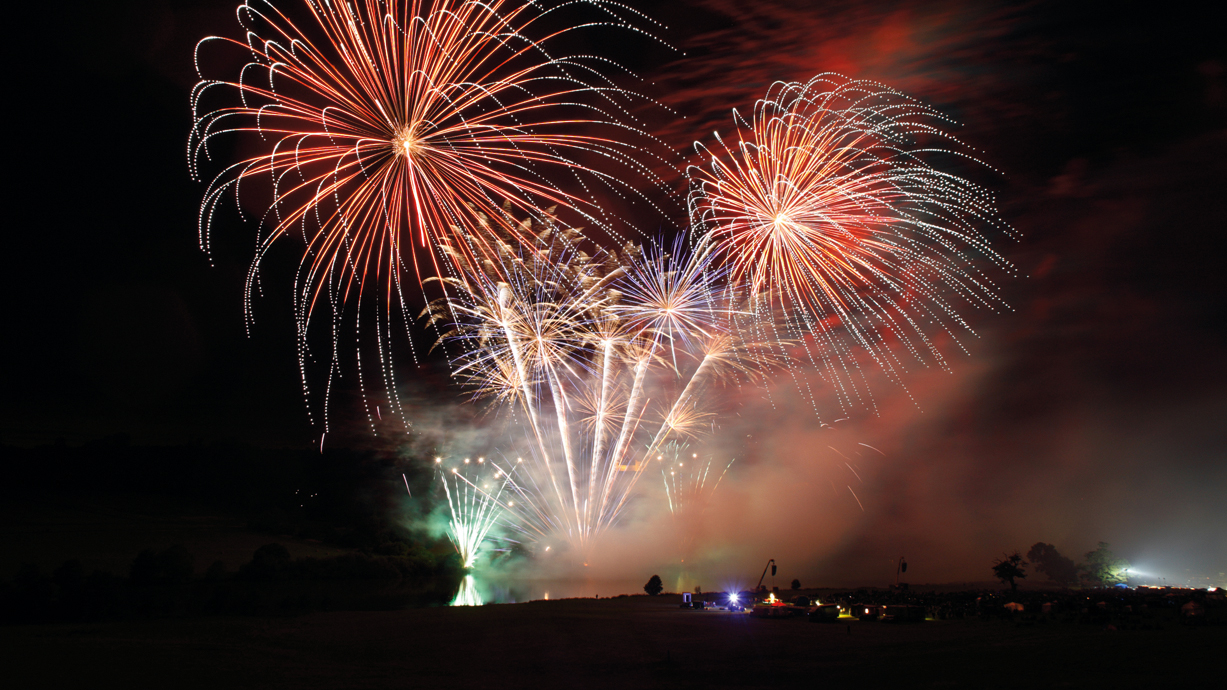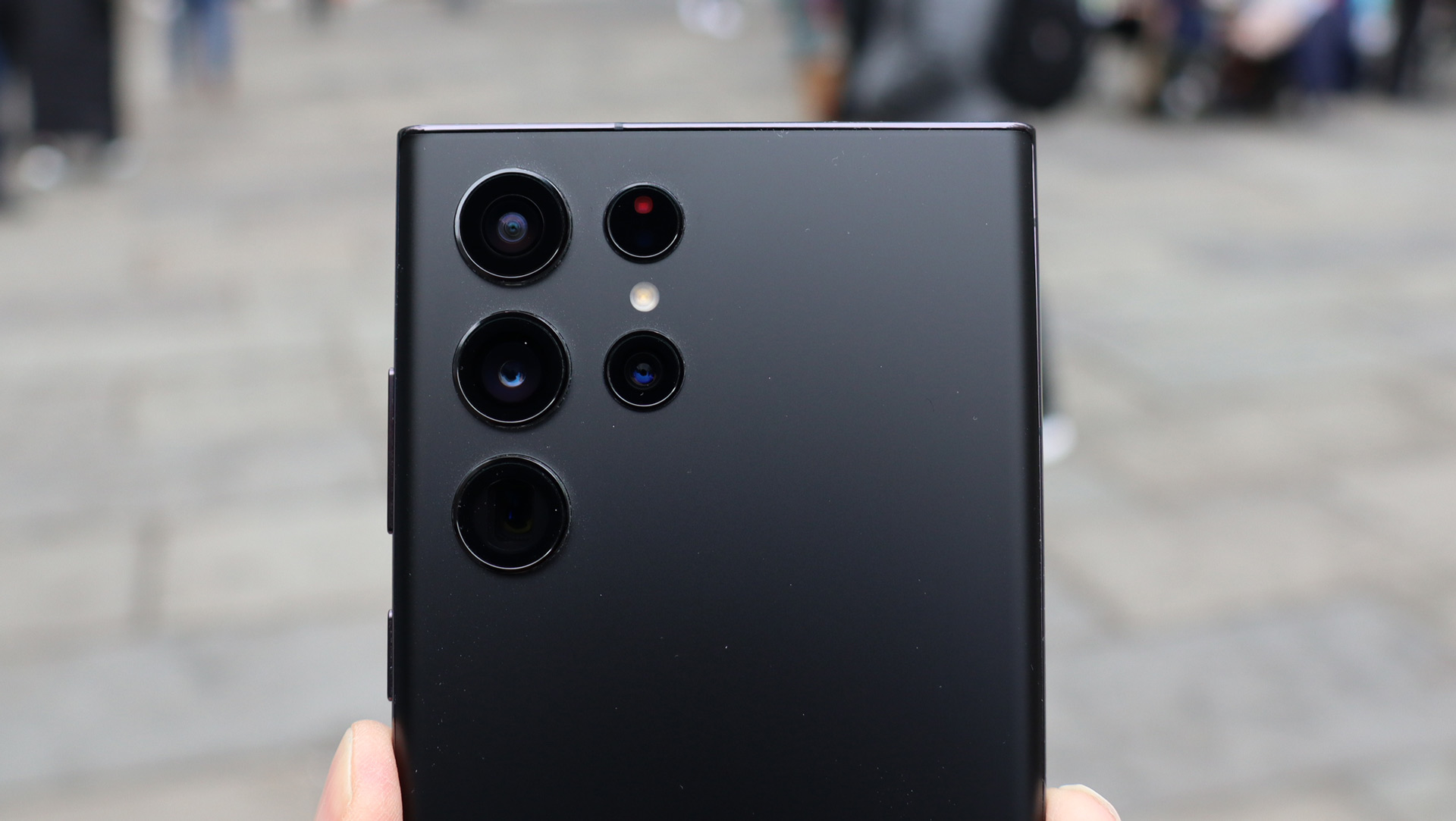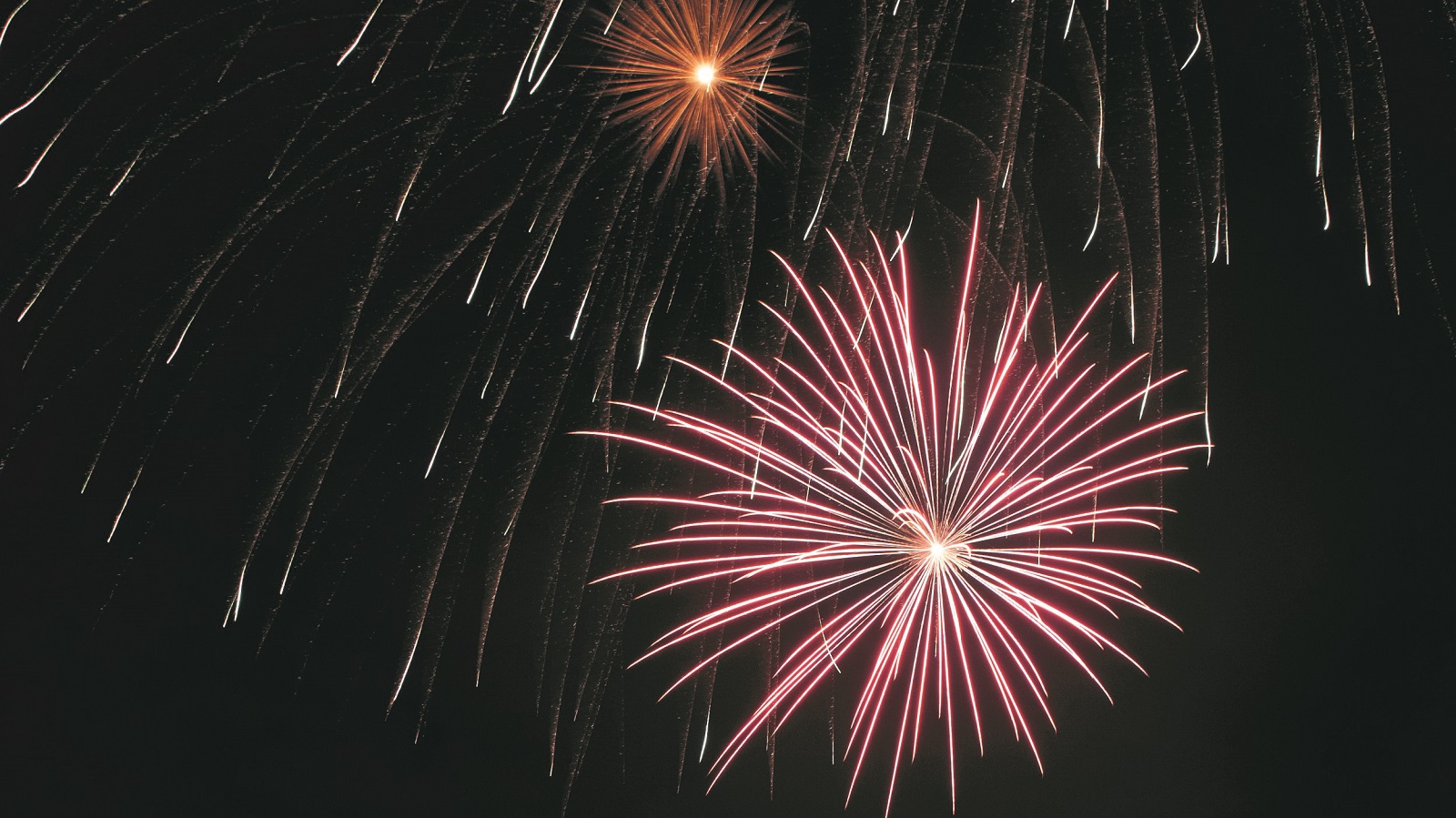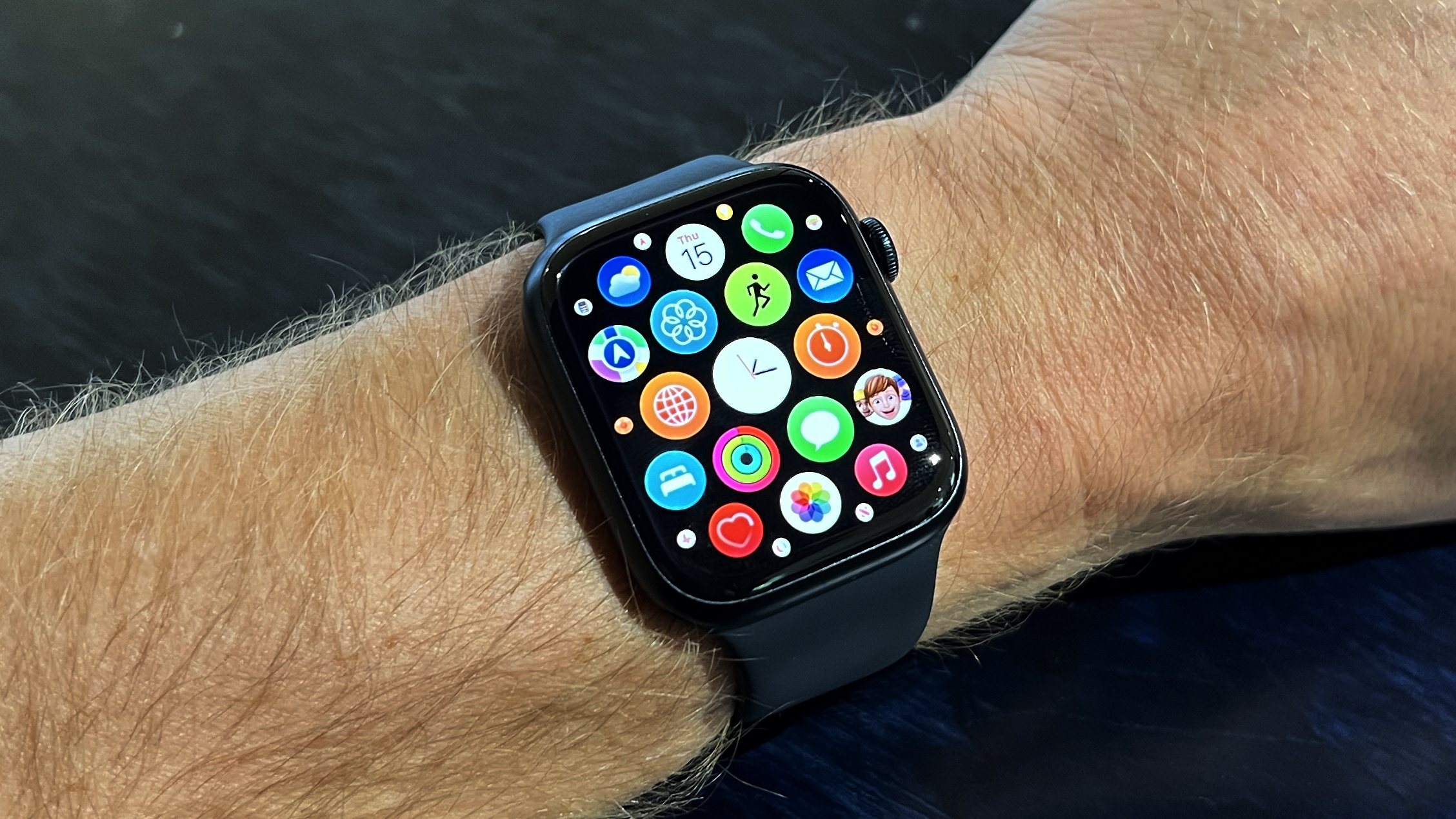How to photograph fireworks with your phone
You can take great fireworks photos with just your phone

Fireworks can prove a stunning subject for photos, but also a tricky one. Getting across the full impact and scale of these explosive spectacles can be easier said than done, and with most fireworks displays only happening on one or two days each year, you won’t have many chances.
So it’s best to come armed with the knowledge needed to take great fireworks photos, and the good news is you don’t need an expensive mirrorless camera or DSLR to get some superb snaps.
The best camera phones and many other smartphones are perfectly capable of photographing fireworks, you just need to make sure you’re in a the right place, on the right mode, and using the right lens, among a few other considerations, which we’ve detailed below.
1. Location, location, location
Before you start shooting, the first thing to consider is the best spot to take photos from. While fireworks look great in their own right, they can look even better when exploding over a city skyline, an ocean, or other attractive location.
Obviously, you’re going to be limited by where the fireworks display you’re attending is taking place, but it’s worth trying to position yourself so that more than just the sky is in the shot. That will add more interest to your photos, and help provide a sense of scale.
Some scenery works particularly well too, with water for example potentially reflecting the colorful explosions from beneath.
Be aware, though, of the impact other light sources can have on your shots. If you’re shooting from somewhere lit up by streetlamps or other unnatural light, it’s worth taking some test shots to make sure the light doesn’t compromise the images.
Sign up for breaking news, reviews, opinion, top tech deals, and more.
2. Choose your lens and orientation

Along with picking where to shoot from, it’s worth considering which lens you’ll use and which orientation you’ll shoot in, and these choices can be impacted by your choice of location.
For the lens, if you’re far away from the fireworks and your phone has a telephoto lens, that could be a good choice so that you can get a clearer view of them – though, of course, that might also remove the landscape, so consider your preference.
If you’re closer to the action or simply want a wider view of the proceedings, consider an ultra-wide lens.
As for the orientation, consider shooting in portrait rather than landscape, since fireworks shoot upwards, so you’ll potentially get more of their trail and the landscape beneath them that way.
3. Focus on the right fireworks
There are a variety of different firework types, so it’s worth considering which ones you’re most interested in capturing. The classic star-burst style rockets tend to be among the best looking in photos, so look and listen for the sight and sound of a rocket launching high into the sky, and be ready to catch the explosion.
But also consider shooting other firework types for some variety in your shots. Try and avoid making your images too busy though – some displays will launch a multitude of rockets all at once and while this can be an impressive sight in the moment, it can lead to cluttered images.
4. Go dark

A lot of smartphones have a dedicated night mode which can help when taking photos of low light scenes, so switch to this if your phone has one – unless there’s a specific fireworks scene mode, in which case use that, as it will be fully customized for fireworks shots.
Alternatively, if you’re confident with a camera and your phone supports it, you might want to switch to manual mode, so you have full control over the likes of ISO and shutter speed.
You might be tempted to use a flash – resist that temptation. Fireworks are their own light source, so no flash is needed, and your photos will look better without one, so turn the flash off.
5. Shoot in RAW
Getting the highest quality pictures possible is always advisable, especially if you plan to edit your shots afterwards, so if your phone supports RAW or other high quality image modes, switch to one of these.
6. Consider other camera apps
If your smartphone’s built-in camera app doesn’t have some of the options mentioned above, then consider downloading an alternative.
One of the great things about smartphones – whether you’re using an iPhone or an Android handset – is that you’re not limited to the manufacturer’s apps or native camera experience, and in the case of camera apps, there are lots of feature-packed alternatives on both the Google Play Store and the App Store.
7. Stay stable

You don’t want blurry photos, so keeping your phone as stable as possible is advisable, especially for tricky scenes, like fireworks, where there’s low ambient light and only a brief window to capture each shot.
A tripod is ideal for this, but if you don’t have a smartphone tripod, then see if you can prop your phone up somewhere with a good view of the action.
It’s also worth using a remote shutter, if possible, so you don’t risk moving the phone when you take the photo.
The Apple Watch can be used as a remote shutter, as can many of the other best smartwatches. Samsung’s S Pen stylus can also do this, so if you have a Samsung Galaxy S22 Ultra, for example, you’ll be able to shoot remotely.
8. Always edit
Photos can often look great straight out of the camera, especially when shooting with a smartphone, but they can almost always still be improved with some editing.
And you don’t have to dive into Photoshop and spend hours tweaking your images – though that’s certainly an option if you have the time and the skillset. But there are much faster and simpler editing tools available too.
Most smartphones will have some amount of editing options built in, but there are all sorts of apps available as well, such as Snapseed – which is completely free and quite intuitive, as well as VSCO – which is a bit more involved and requires a subscription to get the most out of.
You can find more options in the photography sections of our best Android apps, best free Android apps, best iPhone apps and best free iPhone apps guides.
James is a freelance phones, tablets and wearables writer and sub-editor at TechRadar. He has a love for everything ‘smart’, from watches to lights, and can often be found arguing with AI assistants or drowning in the latest apps. James also contributes to 3G.co.uk, 4G.co.uk and 5G.co.uk and has written for T3, Digital Camera World, Clarity Media and others, with work on the web, in print and on TV.